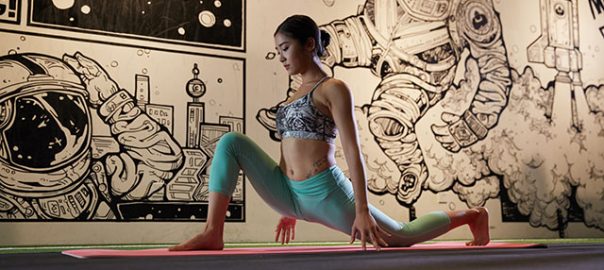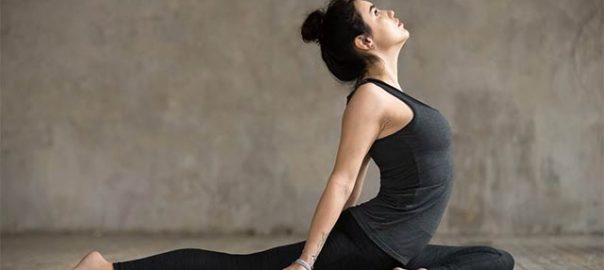Introduction
Yoga and Pilates have been around for a long time and are both very popular. But the Pilates reformer Northern Beaches have contributed a lot to yoga and Pilates. They’re also very different from one another, with their own benefits and drawbacks. But which one is better? Which one should you choose? We’ll break down the history of these two workout methods below so you can decide if they’re right for you.
Yoga vs. Pilates: The history
The history of yoga and pilates is an extremely interesting one. Research the history of each, and you’ll be surprised at how different they are from one another.
Yoga is a practice that dates back thousands of years, originating in India as a way for practitioners to achieve physical, mental and spiritual balance through meditation. Yogis believe that everything in our lives—our thoughts, actions and even food—can affect our connection with ourselves. This can lead to happiness or unhappiness depending on how much time we spend cultivating a positive mindset versus negative thoughts. Yoga focuses on developing strength through stretching exercises such as deep breathing exercises (pranayama) or poses performed at various levels of intensity (asana). Examples include bikram yoga (hot room), vinyasa flow classes where you move from pose to pose without having any breaks between each exercise like sun salutations while being guided by an instructor who helps modify poses if needed based on your ability level; restorative classes where participants lie down flat against bolsters with blankets covering them while listening passively during relaxation techniques; hot power vinyasa classes which emphasize higher heart rate ranges involved during certain sequences using more complex postures like standing head-to-knee splits!
Pilates was developed during World War I by Joseph Pilates who was interested in improving his own athletic performance while recovering from rheumatoid arthritis after being discharged from military service due to war injuries sustained during combat! It’s often mistaken as just another form of exercise however Pilates incorporates elements from Eastern philosophies like Yoga along side Western ones such as ballet so it can truly be seen as fusion between these two disciplines which makes it unique among other forms of exercise programs available today.”
Yoga vs. Pilates: Posture Workout
The two workouts are both focused on posture, but they go about it in different ways.
Pilates is a strength-based workout that works your muscles to help them hold proper form. Yoga, on the other hand, focuses more on stretching and flexibility. Pilates uses controlled movements while yoga is more freeform.
The main difference between these two approaches to improving posture is that one emphasizes strengthening exercises and the other emphasizes stretching ones (though both incorporate some of each).
Yoga vs. Pilates: Mind Workout
The main difference between Pilates and Yoga is the focus on mind-body connection. When it comes to Pilates, there is a focus on breathing and control. This helps the practitioner to improve their core strength and stability, which is important since Pilates encourages stretching muscles in order to lengthen them. By doing this, you will be able to increase your range of motion by letting go of tension from your body so that you can move more freely when working out or practicing yoga asanas (poses).
On the other hand, Yoga has a different approach when it comes down to improving flexibility, strength and posture because its main focus lies with mindfulness through breathing exercises as well as meditation techniques that help practitioners gain clarity within themselves so they can remain focused during class time or when working out at home if they choose not attend classes regularly due to busy schedules like most people do nowadays due to life commitments such as work schedules being more demanding than ever before thanks largely because technology advances faster than we can keep up sometimes!
Yoga vs. Pilates: Which One Is Better For You?
Both yoga and Pilates can be beneficial in many ways, but they do differ.
Yoga is a great way to get flexibility and strength, while Pilates is a great way to get strength and balance. Yoga is also known as the art of meditation, while Pilates is geared more towards physical fitness.
Pilates may be better for those who want to build up their core muscles (abs), whereas yoga may be better for those who are looking to regain flexibility, or if you’re feeling stiff at work or just have trouble with back pain from sitting all day long at work or home. Some people do both because it keeps them balanced between physical activity and relaxation time as well!
Takeaway:
So what does this mean for you?
Yoga and Pilates are both beneficial, but the best option for your fitness goals will depend on what you’re hoping to achieve. If you want to improve flexibility, strength or posture and feel more relaxed mentally, then yoga is probably a better option. But if you want to work out hard and get more toned muscles than either of these exercise routines are perfect.
If you’re still unsure which one works best for you, try doing one class of each type of workout every week then see which one makes you feel better!
Conclusion
While both yoga and Pilates are great workouts, they each have their own unique benefits. Which one you choose to do depends on what you want to get out of your workouts and the amount of time you have available for them. You may also find that combining these two activities has some additional benefits!


